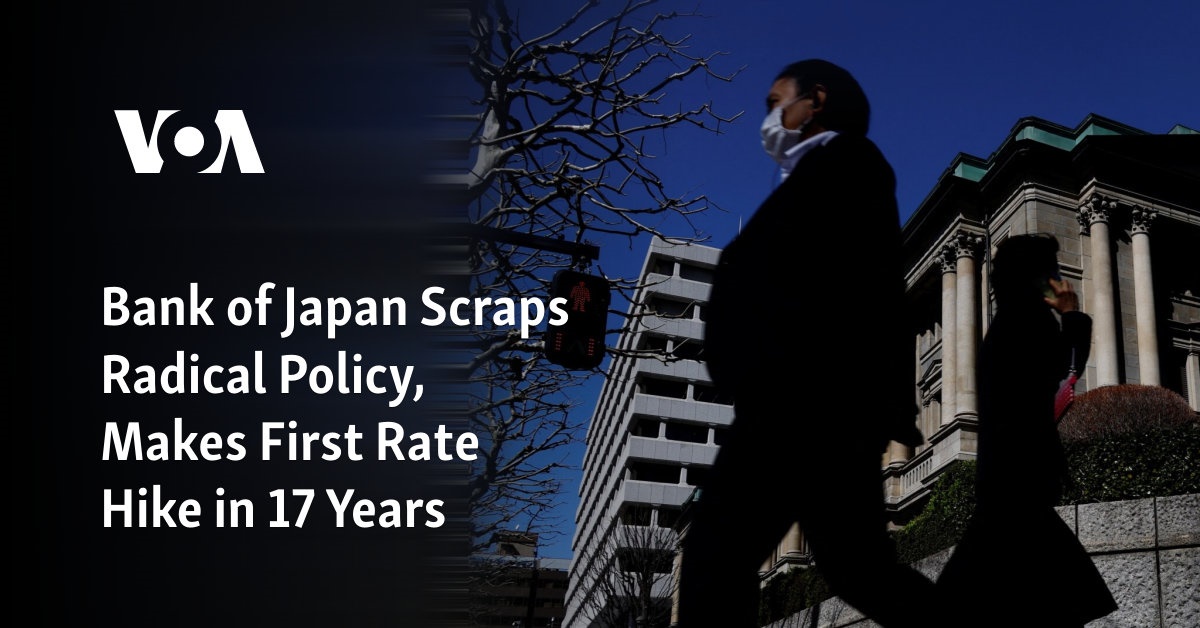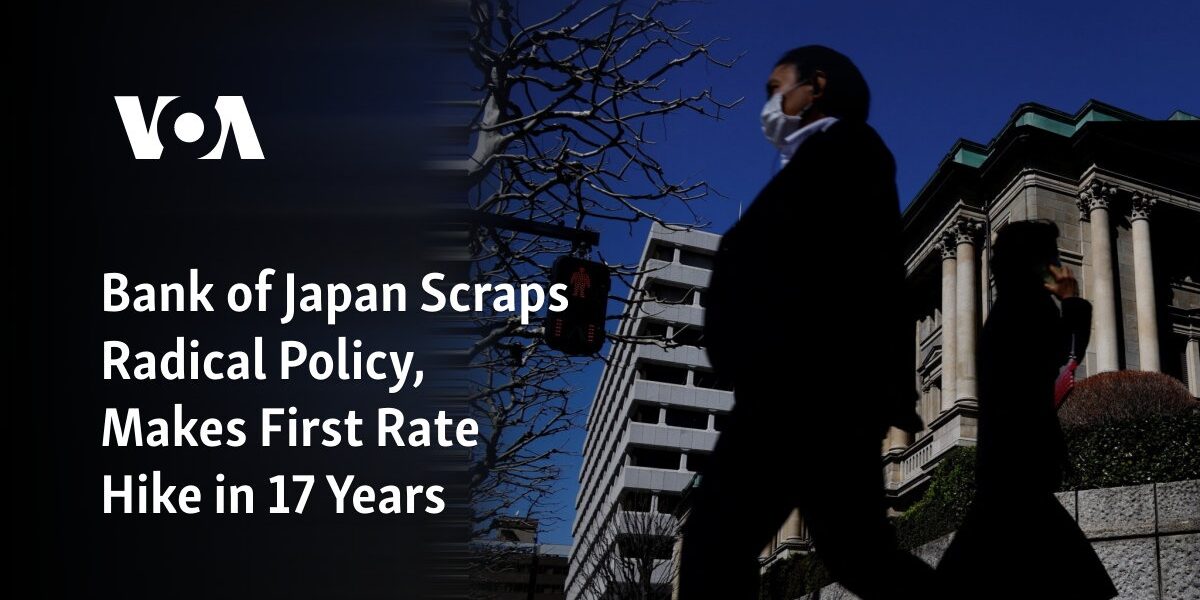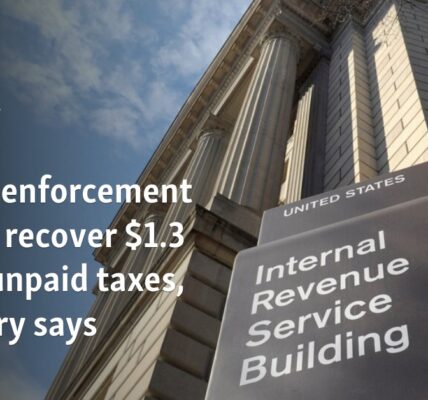
The Bank of Japan (BOJ) ended eight years of negative interest rates and other remnants of its unorthodox policy on Tuesday, making a historic shift away from its focus on reflating growth with decades of massive monetary stimulus.
Analysts suggest that despite being Japan’s initial adjustment in interest rates in 17 years, the rates remain stagnant near zero due to a delicate economic rebound, prompting the central bank to proceed cautiously with any future increases in borrowing expenses.
Japan’s move marks them as the final central bank to leave negative rates, marking the end of a period where global policy makers used low interest rates and nontraditional monetary measures to stimulate economic growth.
At a press conference following the decision, BOJ Governor Kazuo Ueda stated that we have returned to a standard monetary policy that focuses on short-term interest rates, in line with other central banks.
According to Ueda, if the level of inflation continues to rise, it could result in a rise in short-term interest rates. However, Ueda did not specify the expected speed and timing of these potential rate hikes.
As predicted, the BOJ abandoned a policy established in 2016 by previous Governor Haruhiko Kuroda, which imposed a 0.1% penalty on financial institutions for keeping excess reserves at the central bank.
The BOJ has established the overnight call rate as their latest policy rate and has chosen to manage it within a range of 0-0.1%. This will be achieved in part by offering a 0.1% interest rate on deposits made at the central bank.
HSBC’s chief Asia economist in Hong Kong, Frederic Neumann, stated that the BOJ has initiated its first, hesitant move towards policy normalization.
The end of negative interest rates specifically indicates the BOJ’s belief that Japan is no longer in the grasp of deflation.
The central bank has stopped implementing yield curve control (YCC), a policy that has been in effect since 2016, which set a limit on long-term interest rates at zero, and has ceased buying risky assets.
The BOJ confirmed that it will maintain its current level of government bond purchasing and increase purchases if there is a sudden increase in yields. This demonstrates their priority of avoiding harmful spikes in borrowing expenses.
In a indication that future increases in interest rates will be limited, the Bank of Japan also stated that it anticipates maintaining accommodative financial conditions in the near future.
After the announcement, Japanese stocks increased in value. The yen also declined, reaching below 150 per dollar, as traders interpreted the BOJ’s relaxed stance to indicate that the gap in interest rates between Japan and the US will probably not decrease significantly.
‘A normal country’
The BOJ’s 2% inflation goal has been surpassed for more than a year, leading many market participants to expect an end to negative interest rates in either March or April.
Anticipation for a change in schedule this week greatly increased following annual salary negotiations between unions and major companies resulting in the largest salary increases in 33 years.
The conclusion of the Kuroda era stimulus has shifted the attention of markets, analysts, and the general public to the timing of when the BOJ will increase interest rates.
Commercial banks announced intentions to increase certain deposit rates on Tuesday, marking the first time since 2007.
Both Nomura and BNP Paribas anticipate that the BOJ will increase rates once more by the end of the year.
Bart Wakabayashi, Manager of the Tokyo Branch of State Street, stated that, in essence, their country operates like any other.
“What effect will this have on local households and their ability to spend? I believe this will be the topic of the next major discussion, and it seems that the BOJ has already made their decision in regards to that.”
Under the leadership of Kuroda, the BOJ implemented a significant asset-purchasing initiative in 2013. The primary goal of this program was to increase inflation in order to reach a 2% target within a period of approximately two years.
In response to low inflation, the central bank implemented negative interest rates and Yield Curve Control (YCC) in 2016 as a necessary adjustment to its monetary policy.
Last year, the Bank of Japan adjusted its YCC policies in response to increased public backlash and rising import costs caused by the yen’s significant decline, which has been attributed to the country’s low interest rates.
There are still potential dangers. An increase in bond yields could raise the expenses of financing Japan’s extensive national debt, which is twice the size of its economy and ranks as the highest among developed countries.
The potential end of inexpensive funding could have a significant impact on worldwide financial markets. This is because Japanese investors, who have been gathering overseas investments in pursuit of higher returns, may redirect their funds back to their own country.
Despite scaling back its economic support, the Bank of Japan has revised its evaluation of the economy downwards and cautioned against potential weaknesses in consumption. Governor Ueda stated that inflation expectations have not yet firmly reached the 2% target, indicating that the BOJ may not need to increase rates as quickly as other central banks have in recent times.
“In the event that our predicted pricing surpasses expectations, or if our average prediction remains the same but there is a noticeable increase in potential for price growth, we will consider implementing a policy change,” stated Ueda when discussing the potential criteria for implementing additional rate hikes.
Source: voanews.com




